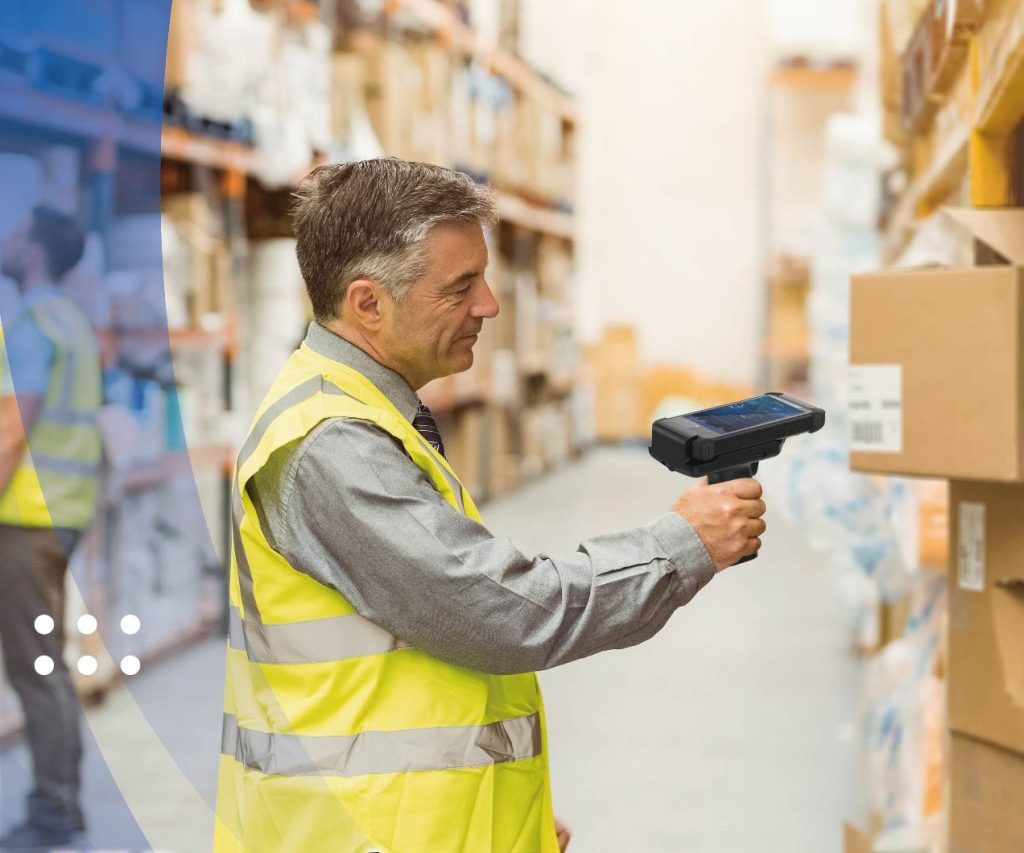
From raw material delays to labor shortages and last-mile delivery issues, supply chain bottlenecks can cripple productivity and impact customer satisfaction. The ability to predict and prepare for operational hiccups is no longer a luxury—it’s a necessity. One way companies are getting ahead is by leveraging AI-driven predictive analytics combined with rugged tablets built for warehouse and logistics environments. Together, they create a powerful duo that enables real-time data capture, analysis, and decision-making on the ground—right where it’s needed most.
Why Predictive Analytics Is Essential for Warehousing Today
Predictive analytics uses historical data, machine learning algorithms, and statistical techniques to forecast future outcomes. In warehousing, this means predicting demand surges, identifying potential equipment failures, optimizing staff schedules, and anticipating inventory shortages or transportation delays.
According to a recent survey , supply chain leaders have ranked the need for increased visibility and predictability among the top three priorities. But tempting as it might be to focus on AI models and cloud platforms, the importance of rugged hardware—and more specifically, rugged tablets—cannot be understated. Predictive analytics falls flat without dependable, mobile data gathering and interpretation at the edge.
Built for Warehouse Intelligence
Warehouses are harsh environments. Dust, drops, temperature swings, vibration, and moisture are all part of the daily challenge. Traditional consumer-grade devices simply aren’t up to the task. Rugged tablets, on the other hand, are engineered specifically to thrive in these conditions while delivering the computing power and connectivity needed for predictive analytics.
Here’s how rugged tablets empower warehouse teams to plan the next shift with intelligence:
1. Real-Time Data Collection
Predictive models are only as good as the data they ingest. Rugged tablets allow warehouse workers to scan barcodes, capture sensor data, and update inventory in real time—directly from the warehouse floor. With integrated RFID scanners, 2D barcode readers, and high-resolution cameras, these tablets ensure every item, pallet, and shipment is accounted for.
Whether it’s tracking order cycle times, equipment utilization, or dock-to-stock duration, rugged tablets serve as frontline data hubs that feed the AI engine behind predictive analytics.
2. Edge Computing for Faster Decision-Making
Modern rugged tablets feature powerful processors and onboard analytics capabilities that enable edge computing—processing data locally, without relying on distant cloud servers. This is a game changer in fast-paced warehouse environments.
For example, if predictive analytics models identify that a specific aisle will see increased traffic in the next hour, edge processing allows the tablet to alert workers in real time to redistribute labor or reroute AGVs (automated guided vehicles), preventing congestion before it happens.
3. AI Integration with ERP and WMS
Predictive analytics isn’t just about forecasting—it’s about aligning those insights with execution. Rugged tablets can integrate directly with enterprise resource planning (ERP) systems and warehouse management systems (WMS), ensuring that predictive insights translate into action.
Let’s say AI predicts a spike in outbound shipments by 20% in the afternoon shift. Warehouse managers can use rugged tablets to adjust staff assignments, pre-stage inventory, or notify carriers—all within minutes, from a mobile dashboard.
4. Built-In Connectivity for Seamless Operations
With Wi-Fi 6, 4G/5G, and BT wireless communication built-in, rugged tablets stay connected even in large facilities with concrete walls or multiple levels. Combined with GPS and NFC, this makes them ideal for tracking mobile assets or coordinating between distributed teams.
Connectivity is especially critical when predictive models rely on cloud-based machine learning. The constant stream of up-to-date data between warehouse floor, analytics platform, and decision-makers ensures predictive insights are timely and accurate.
5. Rugged Durability for 24/7 Operations
Downtime is the enemy of predictive efficiency. Rugged tablets are tested against MIL-STD-810H standards for shock, drop, and vibration resistance. Most are also IP65 rated for dust and water protection.
This durability supports 24/7 warehousing operations—critical when predictive analytics are used to plan for shift changes, seasonal demand peaks, or just-in-time inventory movements.
Predicting Bottlenecks in Receiving
During peak seasons using historical data and a predictive modeling system can forecast an increase in receiving volume. With rugged tablets in hand, floor supervisors are notified days in advance of these forecasts.
They use the devices to:
- Reassign additional workers to receiving lanes
- Prioritize high-volume SKUs for early processing
- Coordinate with logistics for staggered delivery timing
- Monitor dock congestion in real time
This streamlined approach reduces inbound delays, speeds up put-away times, and optimizes labor use, eliminating the need for last-minute seasonal hires while maintaining operational efficiency.
Future-Proofing Warehouse Operations
As warehouses grow smarter, rugged tablets are becoming more than mobile computers—they’re becoming decision-support tools. By enabling predictive analytics at the edge, rugged tablets allow companies to plan not just for the next shift, but for the next season, the next market disruption, and the next innovation.
Companies investing in rugged tablets today are not just addressing current operational needs—they’re laying the groundwork for future-proof supply chain resilience.
Rugged tablets and predictive analytics are reshaping how warehouses operate. They are bringing visibility, agility, and foresight to a space that had been largely dominated by static planning and reactive decision-making. From real-time data capture to edge computing and AI incorporation, rugged tablets are must-haves for forecasting and forestalling supply chain bottlenecks
For supply chain leaders looking to gain a competitive edge and reduce uncertainty, the question isn’t if rugged tablets should be part of your predictive strategy—it’s how soon can you deploy them.

